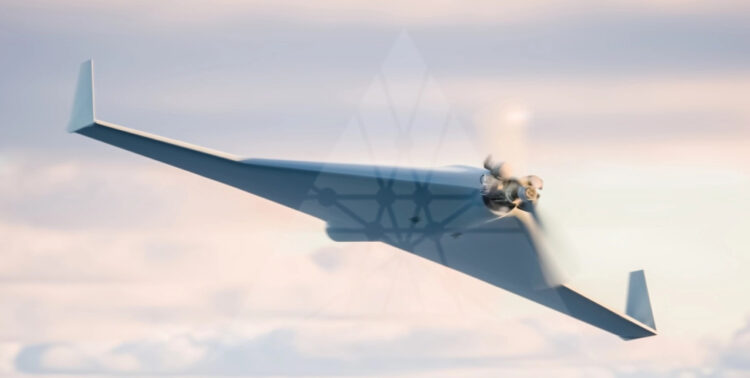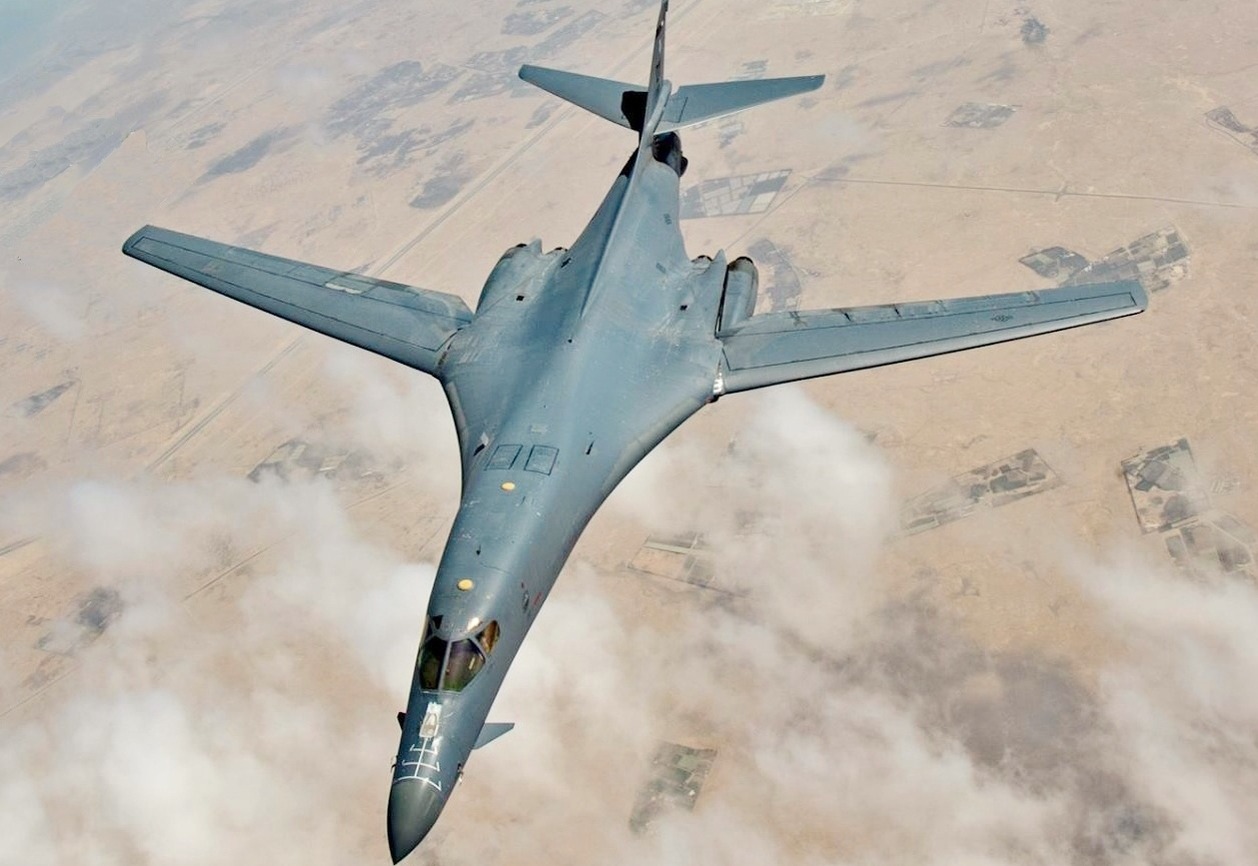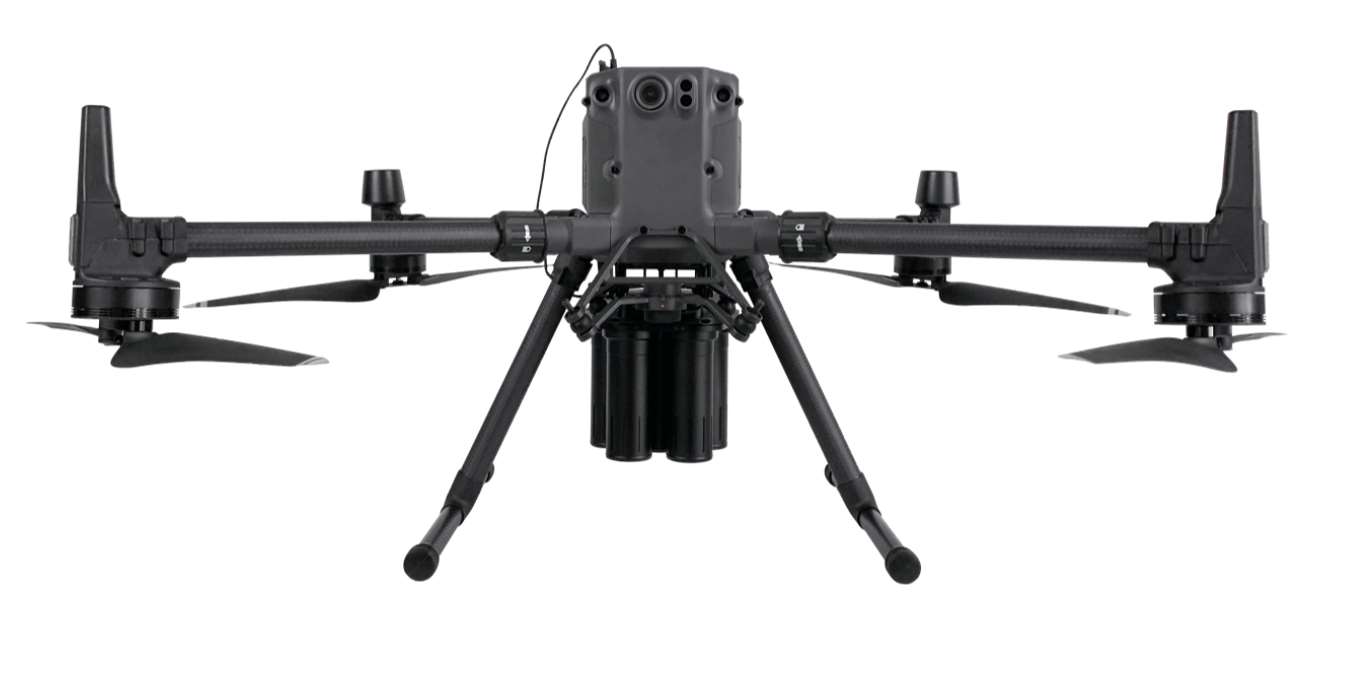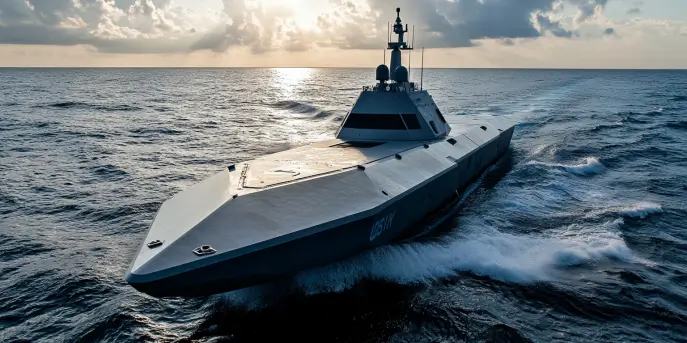The Italmas long-range kamikaze drone is an innovative weapon system that showcases the evolving landscape of unmanned aerial vehicle (UAV) technology and its applications in modern combat. As warfare increasingly turns towards automation and precision, drones like the Italmas are at the forefront of this transformation. This article delves into the fascinating specifications, technology, and potential impact of this long-range kamikaze drone.
Design and Features
The Italmas drone is engineered for both operational efficiency and lethality. It features a lightweight, aerodynamic design that enhances its range and speed. Central to its design is the emphasis on stealth capabilities, allowing it to enter hostile territories undetected. The compact size and advanced materials used in its construction further reduce its radar signature, making it a formidable asset in stealth operations.
One notable feature of the Italmas is its modular payload capacity. This allows it to be equipped with a variety of explosive devices tailored to specific missions. This flexibility is crucial as it enables the drone to adapt to different combat scenarios, providing a tactical advantage.
Technical Specifications
| Specification | Details |
|---|---|
| Range | Up to 1,000 kilometers |
| Speed | Approximately 200 kilometers per hour |
| Payload Capacity | Up to 50 kilograms |
| Guidance System | GPS and Onboard Sensors |
| Propulsion | Electric or Hybrid Engine |
Operational Efficiency
The Italmas drone’s operational efficiency is evident in its impressive range and payload capacity. These characteristics allow it to carry out missions that were traditionally reserved for manned aircraft, but at a significantly lower risk to human life. The endurance and speed of the drone make it suitable for a range of missions, from reconnaissance to direct strikes on high-value targets.
Its guidance system is a blend of GPS and onboard sensors, offering high precision in targeting. This precision reduces collateral damage, which is a critical consideration in modern warfare where civilian safety is paramount.
Strategic Advantages
- Cost-effectiveness: With its relatively low cost of production compared to traditional manned aircraft, the Italmas provides a cost-effective solution for long-range operations.
- Risk Reduction: Utilizing drones in conflict zones reduces the risk to military personnel, a significant advantage in politically sensitive engagements.
- Adaptability: Its modular design allows for quick reconfiguration, making it versatile across various mission profiles.
Potential Impact on Warfare
The deployment of Italmas drones is poised to change the dynamics of warfare. Its ability to deliver precision strikes with minimal human involvement shifts how military forces plan and execute operations. Nations with access to such technology can exert influence and project power with improved efficacy, shaping strategic military outcomes.
Moreover, the strategic use of the Italmas in conjunction with other modern technologies, such as satellite surveillance and cyber capabilities, could lead to an unprecedented level of military automation. This integration not only enhances the effectiveness of military operations but also demands a reevaluation of tactical doctrines on a global scale.
Nevertheless, this technological advancement brings about ethical and policy challenges. The autonomous nature of kamikaze drones raises questions about accountability and control in armed conflict. International regulatory standards may need to evolve to address these emerging issues, ensuring that the deployment of such technologies adheres to existing laws and norms of warfare.
The Italmas long-range kamikaze drone represents a significant leap forward in UAV technology. Its combination of range, precision, and adaptability makes it a valuable tool in modern arsenals, though it also highlights the need for thoughtful governance as this technology unfolds on the global stage.







